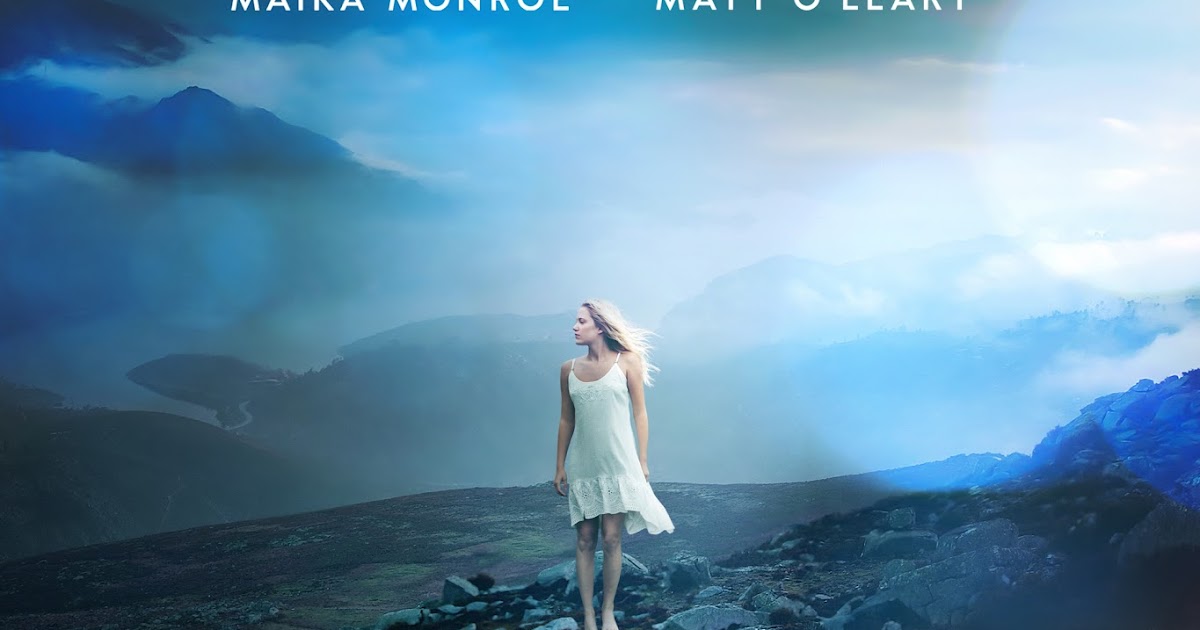

Take for another instance where we have an amazing view of a landscape where in the background there is a mountain, in the midground a dense forest and in the foreground, cattle grazing on the field. In Paul Thomas Anderson’s The Master (2012) the use of shallow focus helps the viewer empathize with the bizarre persona of Freddie Quell, played by Joaquin Phoenix. In this case, creating a shallow depth of field would heighten the aesthetic appeal of the image. Or the filmmaker wants to keep the background out of focus so that he/she can infuse the character with psychological depth. Let us say we have to capture the close-up of a character but the background is not impressive at all. One of the key factors of a beautifully composed image depends on the nature of focus on the primary subject within the frame. For example, the long shot of the sun rising at the far end of the horizon. It is appropriate for focusing on a subject away from the camera. For example, a close-up of dewdrops over a leaf would require a shallow depth of field.ĭeep: A deep depth of field captures a long range in which objects appear in focus. This technique also helps in the process of macro photography, where very small subjects are captured in a larger-than-life-size.

It is appropriate for focusing on a subject that is closer to the camera. Shallow: A shallow depth of field captures a narrow range in which objects appear in focus. It helps the photographer to determine the particular areas in the photos they want in focus. In photography depth of field is the region within the image that is relatively sharp and in focus. To understand the concept better, let’s understand depth of field in photography. If objects are too close to the camera or beyond the far end of that range, the image will appear blurry and out of focus. The relevance of depth of field is used to determine the range of visible sharpness in front of the lens within which objects appear in focus to the human eye.
#Explain bokeh movie full
A year later, he utilized the technique to its full creative potential with Orson Welles’ masterpiece Citizen Kane. He used it for the first time in John Ford’s family drama The Long Voyage (1940). has been credited with pioneering the deep focus technique in world cinema. Late American cinematographer Gregg Wesley Toland, A.S.C. So what exactly is ‘depth of field’? An optical term used in film and photography, it’s simply the distance between the closest and the farthest object in an image that are in apparent sharp focus. He has achieved it with a technique known as the depth of field. While attentively watching a film, how often have we questioned ourselves why a certain area within the frame is kept out of focus, yet doesn’t distract us from the story? Consciously, we don’t because the cinematographer has maintained a balance in the relationship between the spatiality and perspective within the frame.


 0 kommentar(er)
0 kommentar(er)
